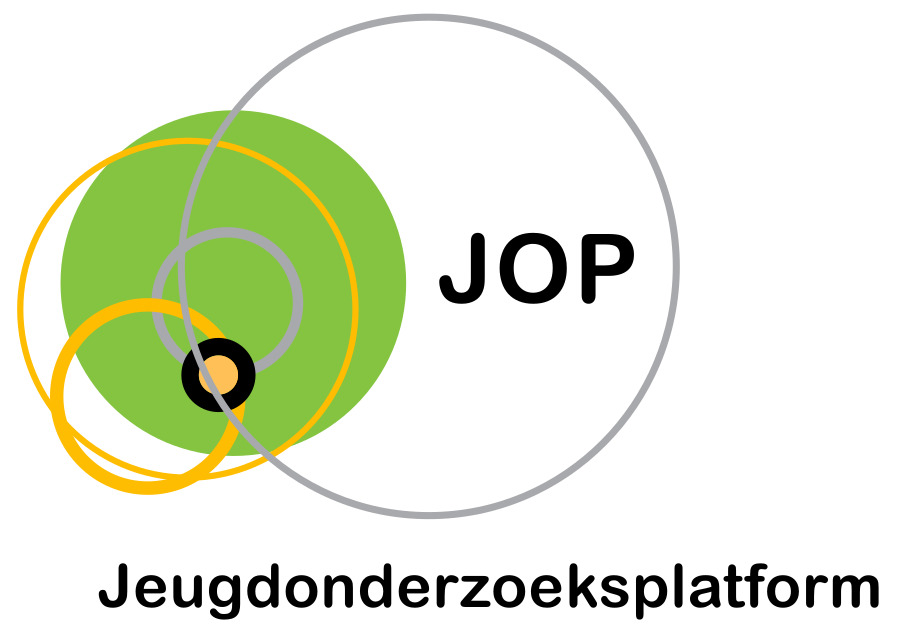To share or not to share? Adolescents’ self-disclosure about peer relationships on Facebook: An application of the Prototype Willingness Model.
Auteurs
Van Gool, E., Van Ouytsel, J., Ponnet, K. & Walrave, M. (2015).

Abstract
Adolescenten zijn de meest fervente gebruikers van sociale netwerksites en geven daarbij een heleboel persoonlijke informatie weg. In deze studie wordt gebruik gemaakt van het Prototype Willingness Model om te onderzoeken of het delen van persoonlijke informatie met leeftijdsgenoten een bepaald rationeel en doelgericht pad volgt, of eerder het gevolg is van een impulsief onbewust beslissingsproces. Er wordt gebruik gemaakt van een steekproef van 1314 adolescenten (M=16.68, SD=1.16) die geanalyseerd werden aan de hand van structurele vergelijkingsmodellen, met als doel het onderzoeken van de voorspellende kracht van het met redenen omklede pad (houding en subjectieve norm van vrienden, ouders en leerkrachten) en het sociale-reactie pad. De resultaten tonen het belang aan van het met redenen omklede pad, in het voorspellen van het delen van persoonlijke informatie. Samenvattend is het delen van persoonlijke informatie op sociale netwerksites meestal het resultaat van een rationeel, beraadslagend proces, maar het kan beïnvloed worden door een meer emotioneel spontaan antwoord op een bepaalde online situatie. De auteurs stellen dat beleidsmakers, praktijkwerkers en ouders daarom de mogelijke kansen en risico’s dat het delen van persoonlijke informatie met zich meebrengt, moeten benadrukken, zodat adolescenten een meer kritische attitude ontwikkelen ten opzichte van het delen van hun informatie online.
Adolescents are the most fervent users of social network sites, hereby disclosing a lot of personal information. In this study, we used the Prototype Willingness Model to examine whether the sharing of personal information about peer relationships follows a rational and intended pathway, or a more impulsive unconscious decision-making pathway. Data from a sample of 1314 adolescents (M = 16.68, SD = 1.16) were analyzed using Structural Equation Modeling, to assess the predictive power of the reasoned pathway (attitude and subjective norm of friends, parents and teachers), and the social-reaction pathway (prototype favorability and similarity). Results showed the unique importance of the reasoned pathway in predicting adolescents’ disclosing behavior, with attitude as the strongest predictor. Nevertheless, the social-reaction pathway also significantly contributed to the prediction of the disclosing behavior. In sum, adolescents’ self-disclosure on social network sites is mostly the result of a rational, deliberated process, but can be influenced by a more emotional spontaneous response to a given online situation. Therefore, policy makers, practitioners or parents might stress the possible opportunities and risks that disclosing personal information can entail, so adolescents themselves develop a more critical attitude toward sharing their information online.
Referentie
Van Gool, E., Van Ouytsel, J., Ponnet, K. & Walrave, M. (2015). To share or not to share? Adolescents’ self-disclosure about peer relationships on Facebook: An application of the Prototype Willingness Model. Computers in Human Behavior, 44, 230-239.
Taal
Engels
Publicatievorm
Tijdschriftartikel
Trefwoorden
Media-invloeden, mediagebruik.
